When you first come across the word wainscoting, you might think it’s some kind of an Olympic sport. However, you may be surprised to learn that it actually has to do with wall paneling — probably not something you can commonly compete in. Before going ahead with the definition, you may wonder how the word is actually pronounced. Some might say wains coating, others might say wains cotting. Although the former is generally more common, both pronunciations are more or less acceptable.
What Is Wainscoting?
Now that we’ve established that you can’t win a gold medal in wainscoting — at least not in the Olympics — we can get more acquainted with the term. Wainscoting is essentially a dual-purpose system of molding and wood paneling. It is a feature that doubles as both a decorative and a functional item. Wainscoting was originally a wooden panel that extended from floor to ceiling, mainly used by the Dutch in the 14th century as an insulating layer against cold, damp walls. However, the wainscot panels that we are familiar with today originated in the 18th century and only cover the lower half of the walls. Over the years, wainscot panels evolved from a feature mainly designed for function to one that acts as an aesthetic element — without losing its original purpose.
In the 1700s, the half-length wooden panels mainly served as a guard against occasional scuffs and damages to the wall. To this day, wainscoting still serves that purpose while offering aesthetic value. Nowadays, you may choose it as a traditional design feature that introduces a sense of texture to your living space.
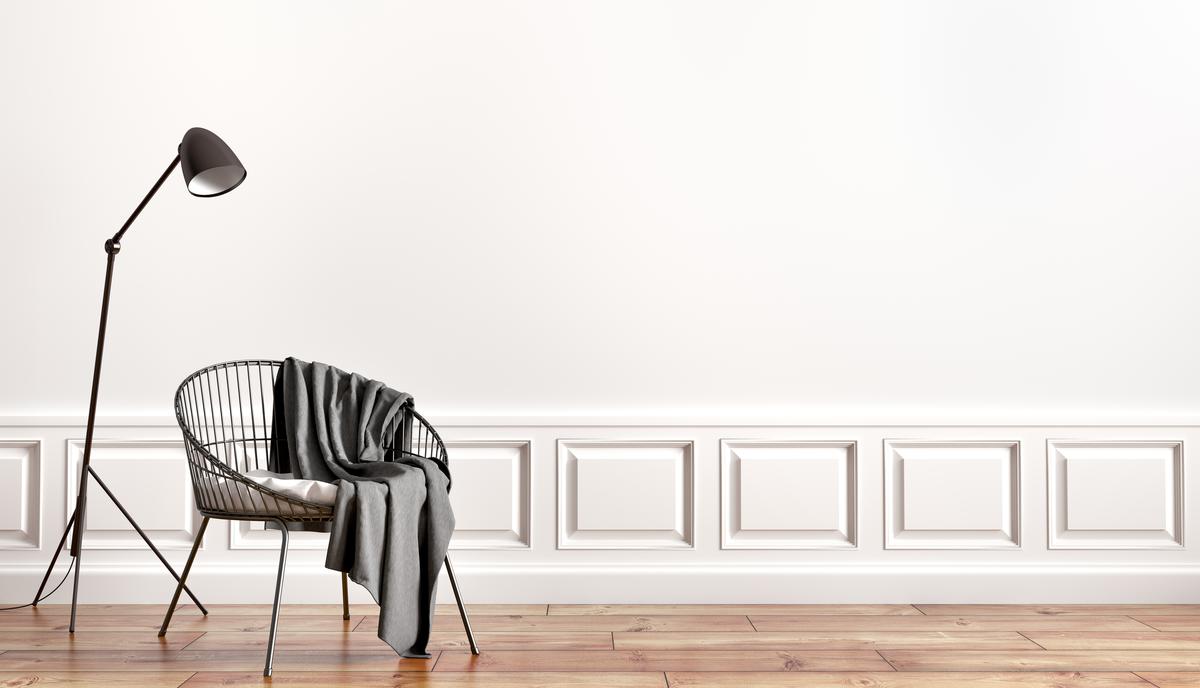
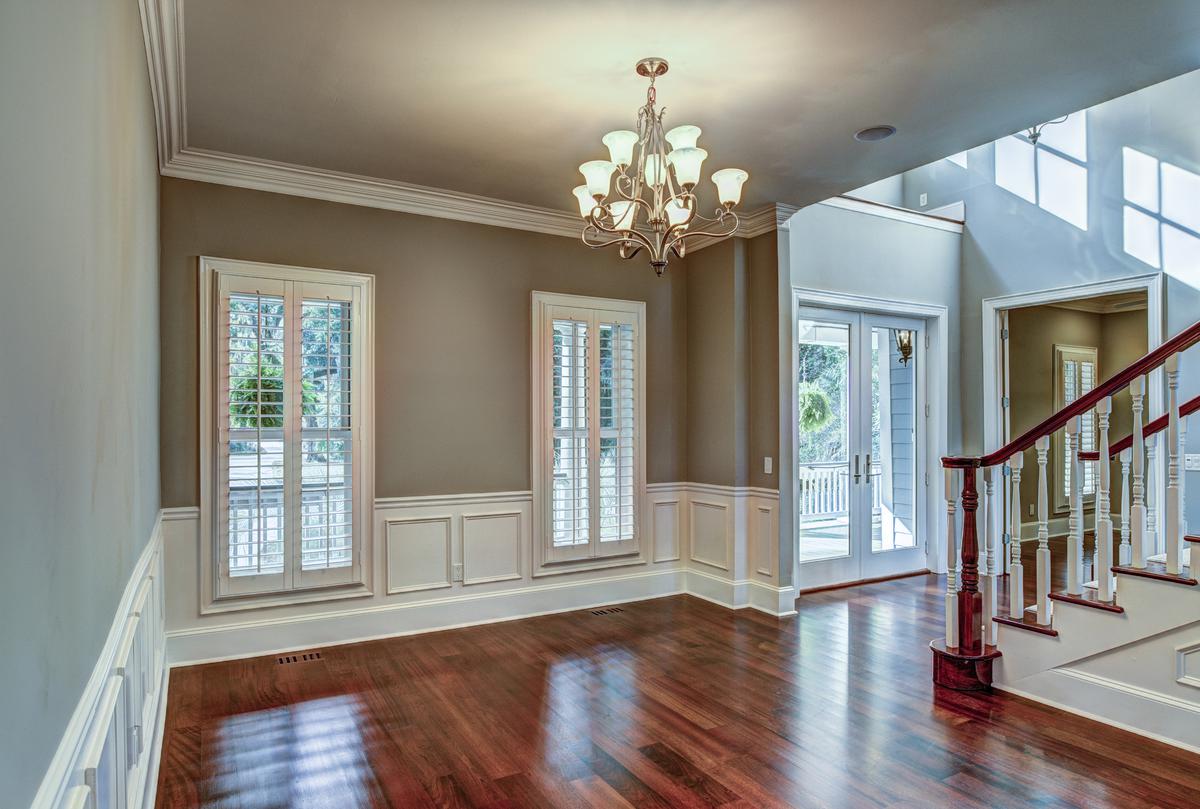
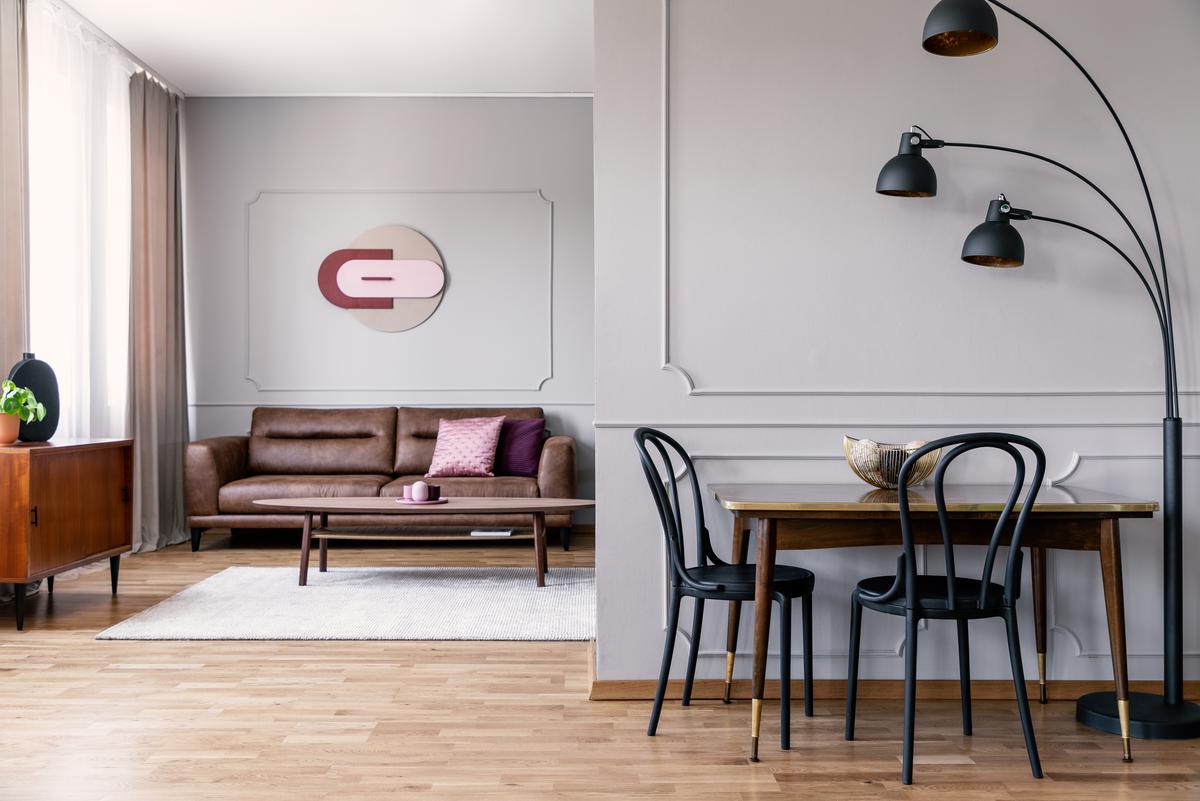
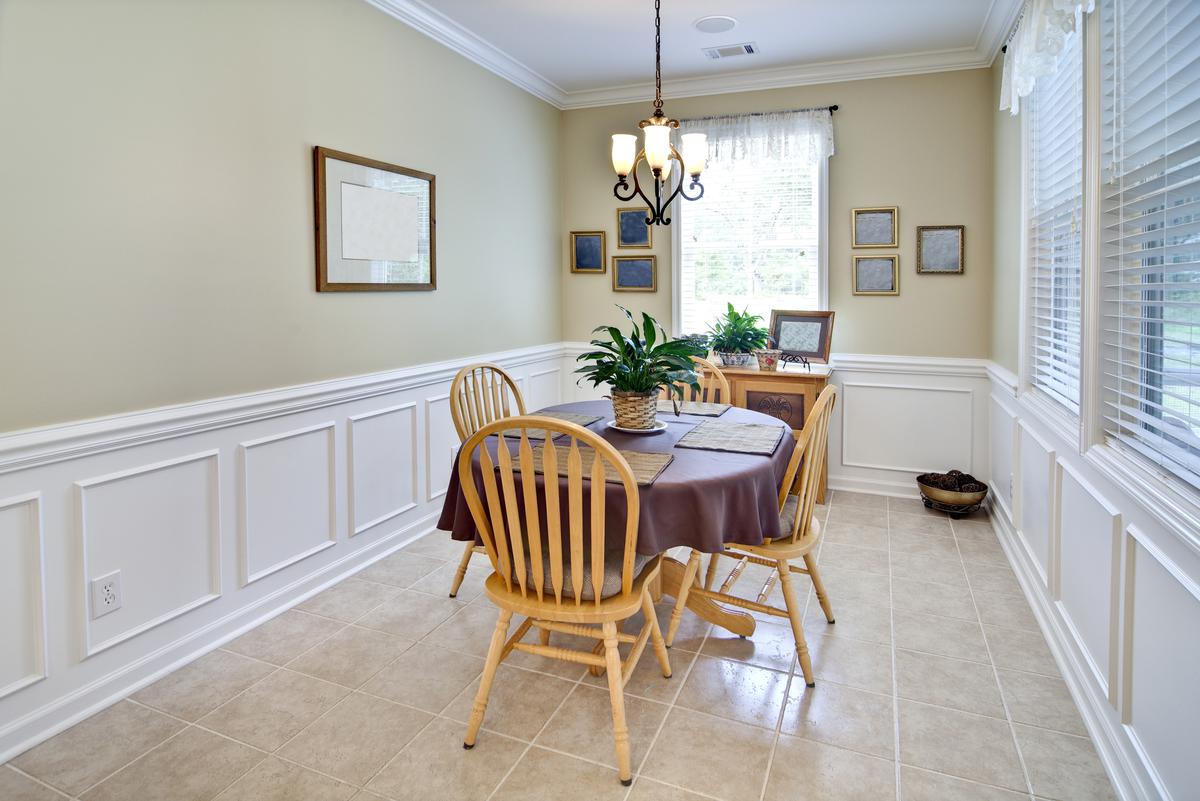
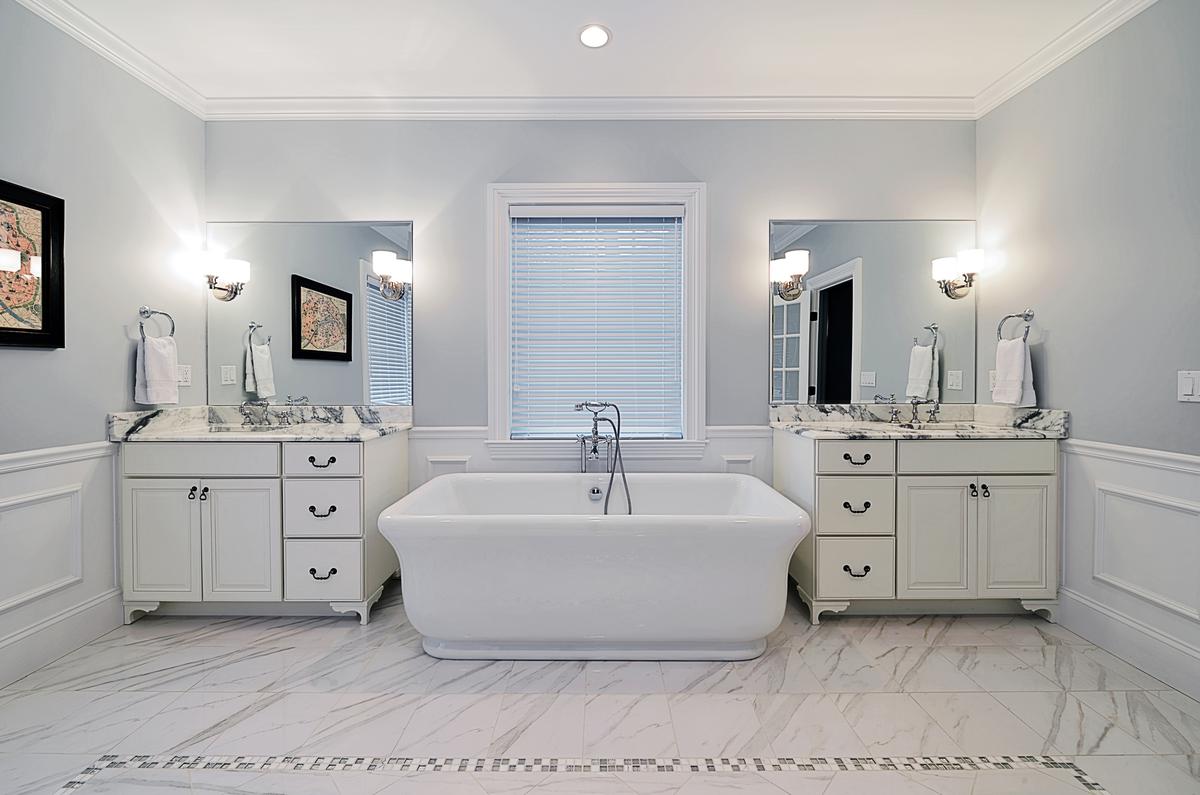
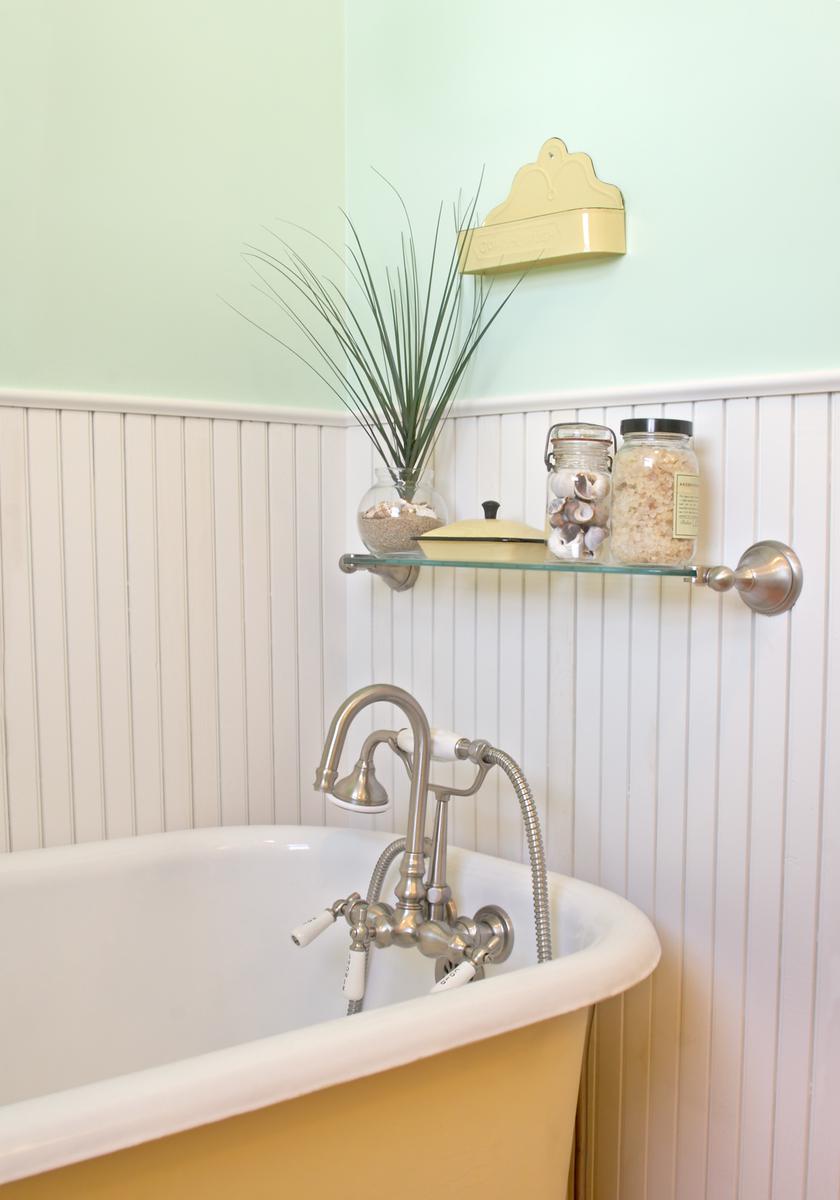
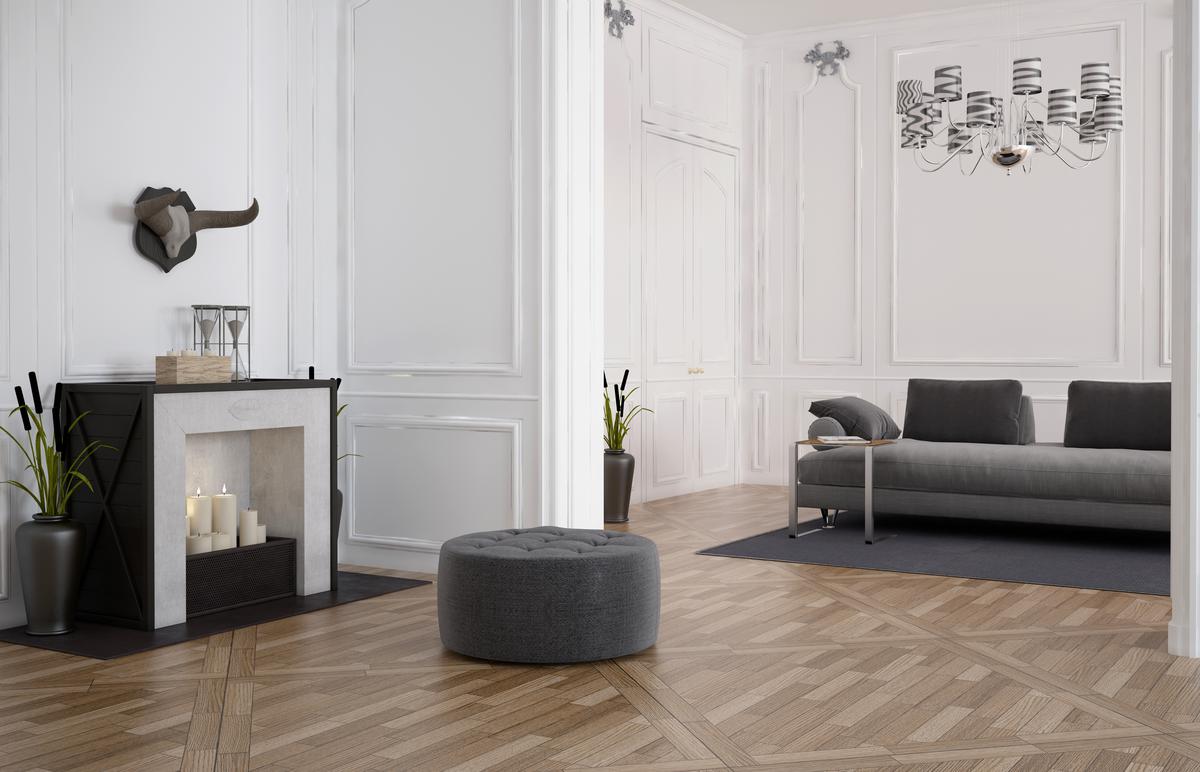
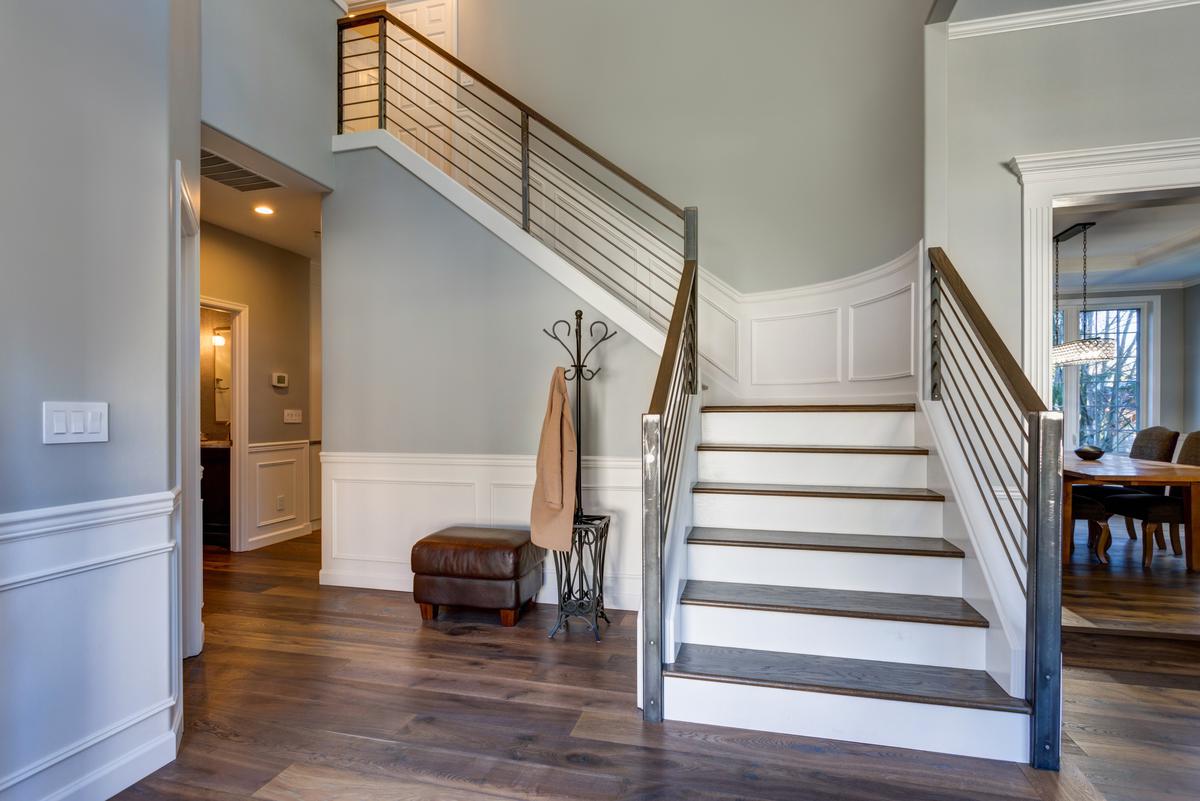
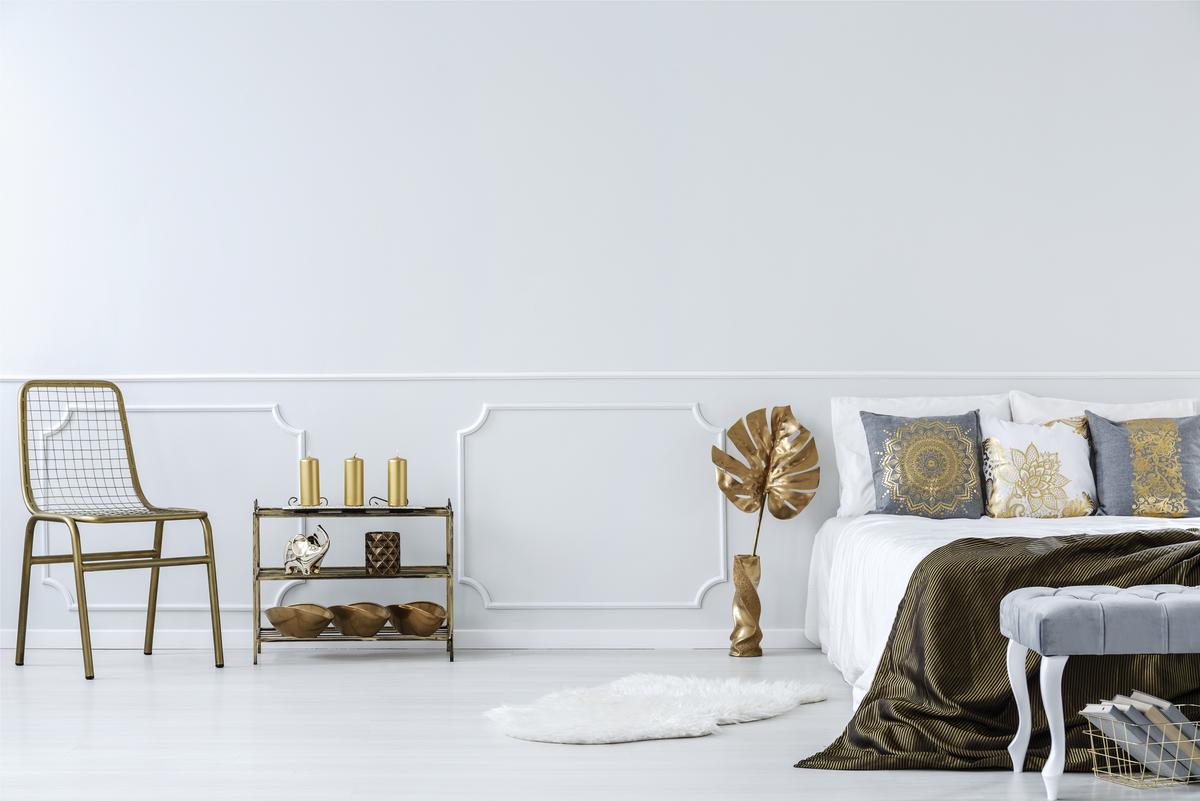
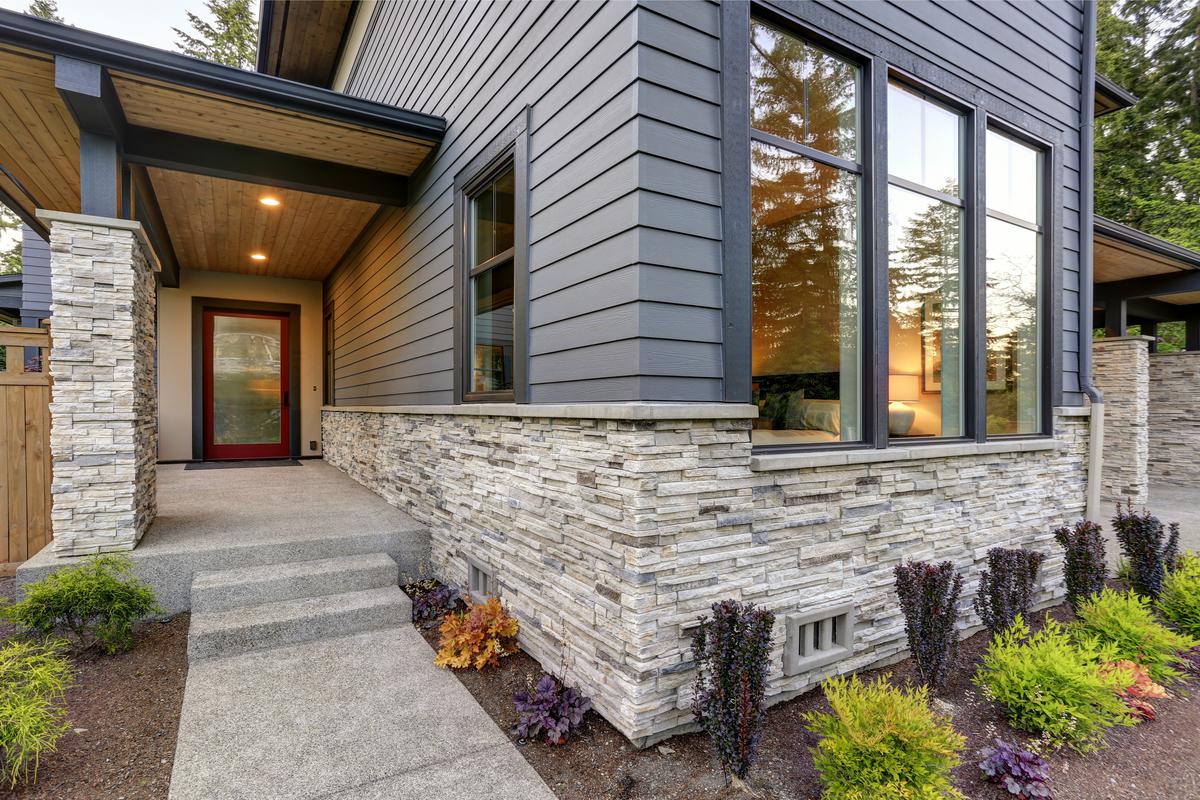
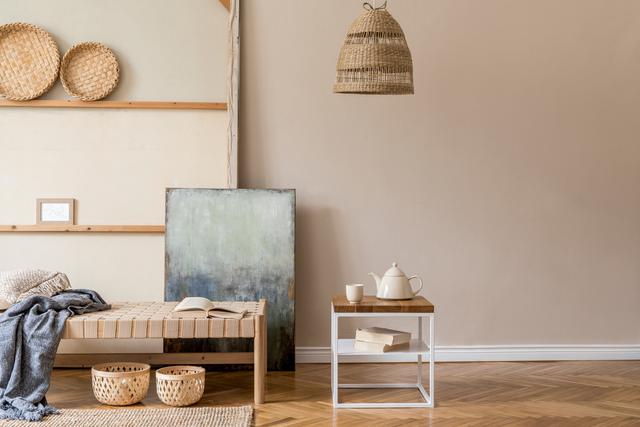
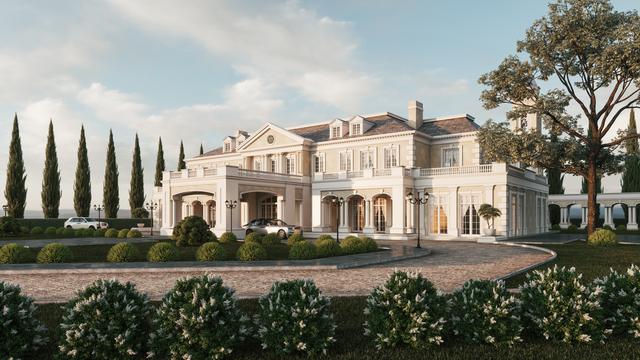
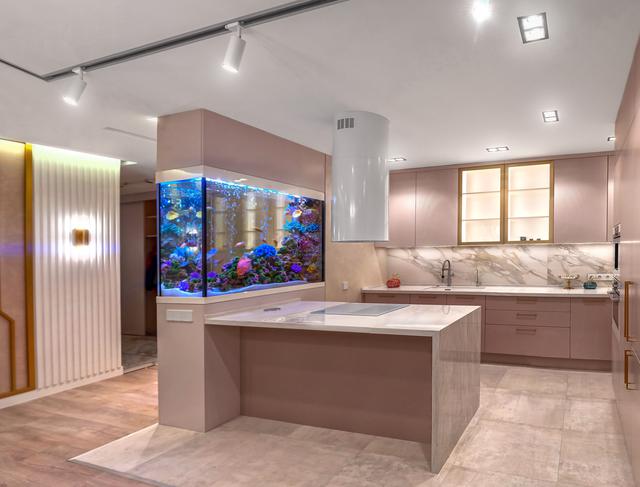
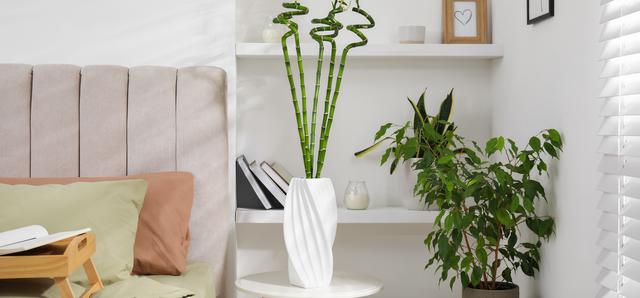
comments